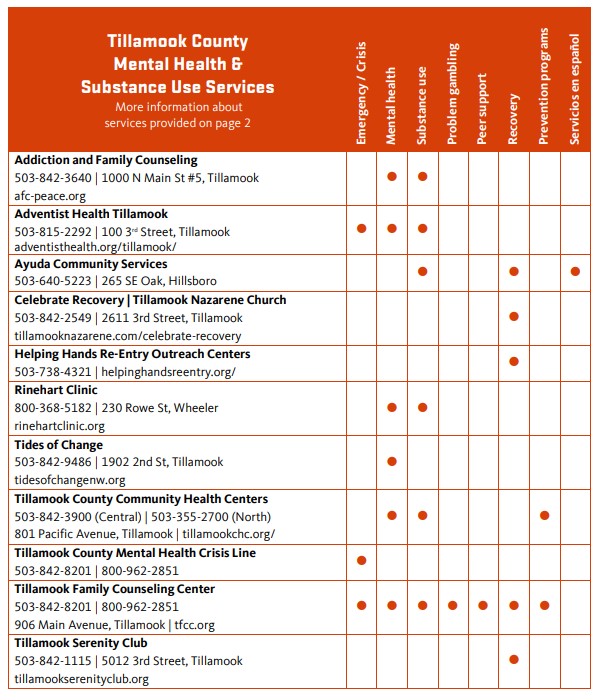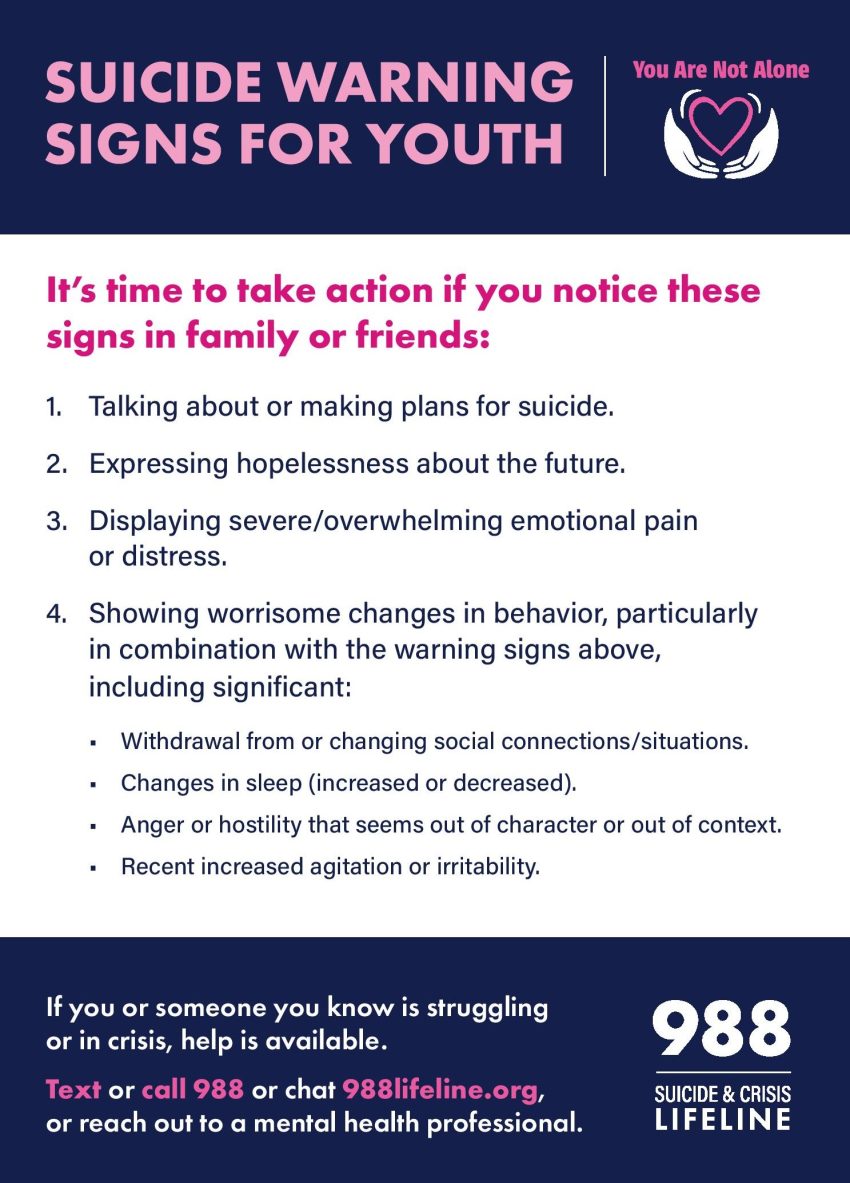EDITOR’S NOTE: May is Mental Health Awareness Month – at the Pioneer, every month is mental health awareness. We are committed to providing connections, resources, education and information to normalize conversations about mental health. The more we share, the more we talk about it, the more people that we can help. The Pioneer is fortunate to have several medical professionals providing information about the public health crisis – youth suicide. There is ALWAYS help and hope. See below for local (and national) resources. If you or someone you know are having thoughts of suicide dial 988.
By Leanna Coy, FNP-BC
This week in our ongoing series about suicide awareness, we take a look at the very real public health concern of suicide in children and teens. According to the American Academy of Pediatrics (AAP), suicide is responsible for more deaths than any single medical illness for youth between the ages of 10 and 24. Rates of suicide among youths increased 41% between 2000 and 2017.
In 2023, a national survey of adolescents ages 12 to 17 years conducted by the Centers for Disease Control and Prevention (CDC) found that 20% of teens seriously considered a suicide attempt, with 9% making an attempt. In youth, non-fatal suicide attempts are more common than suicide deaths. There are approximately 100-200 suicide attempts for each youth suicide death.
Despite these numbers, the AAP notes that self-injuries like cutting or burning oneself with no attempt at suicide are more common than suicide attempts in youths. However, these types of self-harm are often predictors of future suicide attempts. The AAP indicates any child with these self-harming behaviors should be considered at increased risk for suicide.
Suicide in young children
In children under the age of 10, suicide is rare. The American Academy of Child and Adolescent Psychiatry (AACAP) reports suicide attempts by younger children are often impulsive. AACAP relates suicide attempts in this age group to a child feeling sad, confused, or angry. They also indicate problems with ADHD can factor in as well.
According to child psychiatrist Alfredo Soto, MD, ADHD leads to two issues that put them more at risk. He notes the behaviors of children with ADHD may expose them to more trauma or abuse from caregivers. “ADHD is often strongly genetic, and the parents will often have poor frustration tolerance from their own ADHD.” He says, “They will overcompensate with corporal punishment, and it ends up being abuse.”
The other factor he sees in children with ADHD relates to impulsiveness, which is a common symptom of ADHD. “They are more likely to act out on the suicidal ideation rather than do something quieter, like just isolate or [use] a coping mechanism.”
Risk factors for youth suicide
According to Dr. Soto, the risk factors for youths to attempt suicide are not very different from those of adults. The AAP lists common risk factors for youth suicide as:
- A history of abuse or neglect
- Stressful life events, such as bullying or trauma
- Mental health issues, including depression and substance use
- A family history of depression or suicide
- Access to lethal agents, such as drugs or firearms
Dr. Soto cites trauma as a major risk factor. “Both children and adolescents who’ve experienced trauma are at grave risk for suicidal tendencies,” says Dr. Soto. “The most significant kinds of trauma that lead to suicidal tendencies are caregiver related trauma, like physical abuse, sexual abuse, or severe neglect generally from a parent or caregiver.”
Dr. Soto notes some trauma goes unrecognized by parents because the issue is not something the parents perceive as traumatic. These events include things like bullying, parents divorcing, or breaking up with a boyfriend/girlfriend. Dr. Soto also notes other types of traumas, such as a car accident or medical issue, do not tend to lead to suicide.
How mental health factors
The 2023 CDC report found that adolescents identify more persistent feelings of sadness or hopelessness. The survey revealed these issues are more prevalent among female students. More than half of the females surveyed reported feeling persistently hopeless or sad. When comparing this to known risk factors, the reasons become apparent. About 2 in 10 female students reported sexual violence, with 1 in 10 reporting a history of forced sex. Additionally, roughly 1 in 4 female students reported currently drinking alcohol, and 1 in 5 reported current marijuana consumption.
The survey found LGBTQ+ students are at even greater risk, with 3 in 5 reporting persistent sadness or hopelessness. In this group, the findings correlate with higher suicide attempts. One in 5 LGBTQ+ students attempted suicide in 2023. The report did note there were racial and ethnic disparities in the survey. However, the patterns of sadness and hopelessness were much more consistent with female and LGBTQ+ students than those seen between the different racial and ethnic groups.
Despite the CDC report showing female adolescents divulging more symptoms of depression than their male cisgender counterparts, the rates of suicide death among male teens far exceeds females. Male teens have 107% more suicide deaths than female teens. This is historically due to males using more lethal means with their suicide attempts. However, a study in 2019 found that female adolescents are now using more lethal methods.
What parents can do
Despite the 2023 CDC survey finding that overall thoughts of suicide and attempts at suicide exceed deaths, parents and caregivers should stay vigilant. AACAP advises parents to always err on the side of caution when there is concern for suicidal thoughts with a youth. Parents should immediately seek help for any youth who expresses suicidal thoughts or a plan. Dr. Soto agrees, “It’s well studied that when youth are under the appropriate care of a mental health professional, the risk of suicide drops significantly.”
Parents should never dismiss talk of suicide. Listen to what your child is saying with empathy. Be supportive and don’t minimize their feelings. Watch for big shifts in your child’s behavior. Help your child build hope and find reasons for living.



